Viral infections and space travel similarly trigger inflammation and the enzymes APOBEC3C and ADAR1; UC San Diego researchers are developing ways to inhibit them as a means to potentially lower cancer risk for both astronauts and people on Earth.
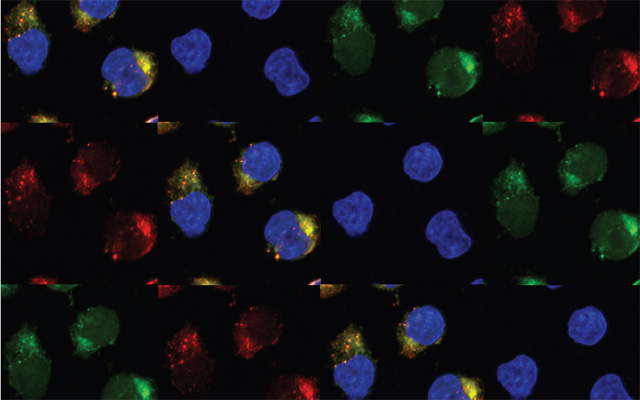
news, journals and articles from all over the world.

Viral infections and space travel similarly trigger inflammation and the enzymes APOBEC3C and ADAR1; UC San Diego researchers are developing ways to inhibit them as a means to potentially lower cancer risk for both astronauts and people on Earth.
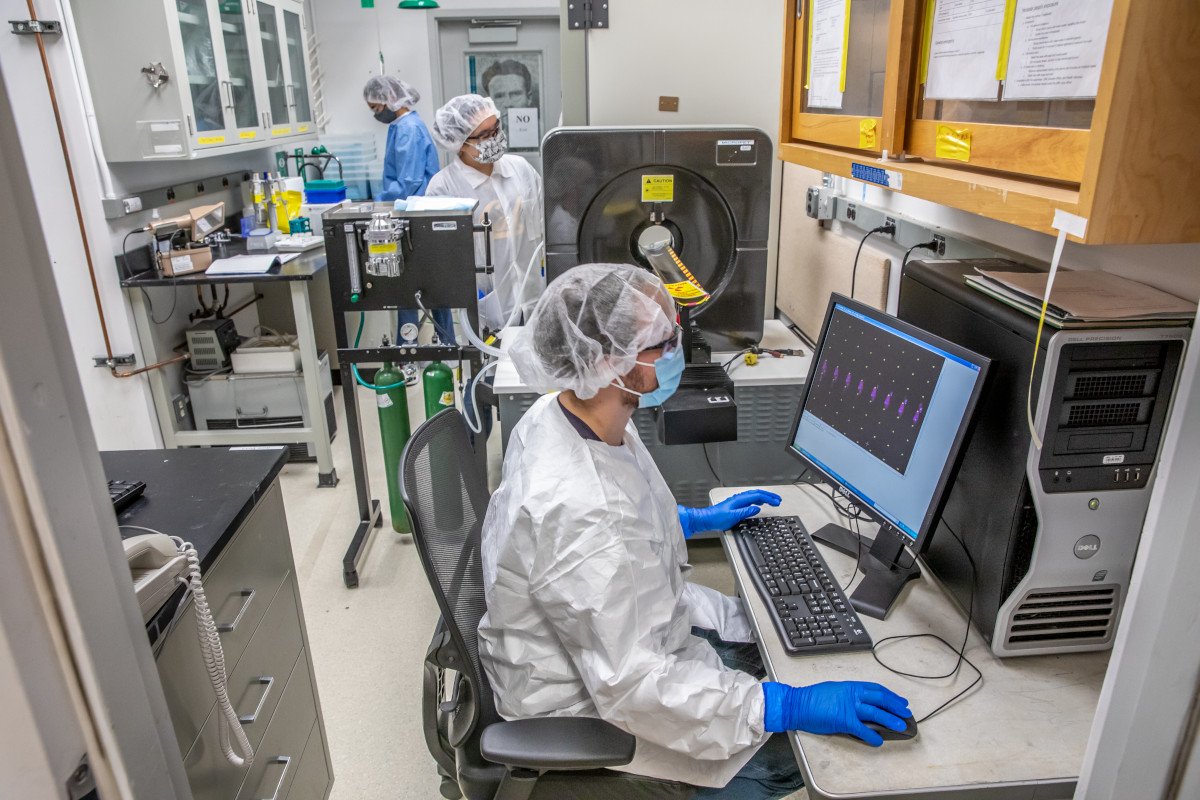
Researchers from Berkeley Lab and Los Alamos National Laboratory have developed new methods for the large-scale production, purification, and use of the radioisotope cerium-134, which could serve as a PET imaging radiotracer for a highly targeted cancer treatment known as alpha-particle therapy.

A phase I/II study led by researchers from The University of Texas MD Anderson Cancer Center found IMGN632, a novel CD123-targeting antibody-drug conjugate, was tolerable and resulted in a 29% overall response rate in patients with relapsed/refractory blastic plasmacytoid dendritic cell neoplasm.

Today, during the ASH Annual Meeting and Exposition, Eunice Wang, MD, Chief of Leukemia and Director of Infusion Services at Roswell Park Comprehensive Cancer Center, is presenting data on two ongoing studies incorporating new treatment options for AML.
Dana-Farber Cancer Institute researchers will present more than 40 research studies at the virtual 62nd American Society of Hematology (ASH) Annual Meeting on December 5-8, including two studies that were selected for inclusion in the official press program.
Researchers from the Cancer Science Institute of Singapore at the National University of Singapore found that little-known genes called “onco-requisite factors” can enlist other genes to assist them in helping cancer cells proliferate. The gene produces an enzyme called aldehyde dehydrogenase that recruits other enzymes to supply cancer cells with energy for growth. As such, depriving cells of aldehyde dehydrogenase may be a possible way to treat cancer.
Adolescent and young adult (AYA) patients treated for acute myeloid leukemia (AML) have a high risk of developing several long-term health complications after treatment, a study led by UC Davis Comprehensive Cancer Center researchers has found. The most common complications were cardiovascular, endocrine and respiratory diseases. The complications – known as late effects – were more present among non-white AYA patients and those living in more deprived neighborhoods.
A team including researchers from the NYU Tandon School of Engineering and NYU Langone Health demonstrated an in vitro organotypic “leukemia-on-a-chip” model to emulate in vivo leukemia bone marrow pathology and study chemiresistance.

James K. McCloskey II, MD, was named division chief of the division of Leukemia at Hackensack Meridian John Theurer Cancer Center, part of Hackensack University Medical Center (JTCC). Dr. McCloskey previously served as the interim chief for the Division of Leukemia and will continue in his role as director for the Program for Myeloproliferative Neoplasms at John Theurer Cancer Center.
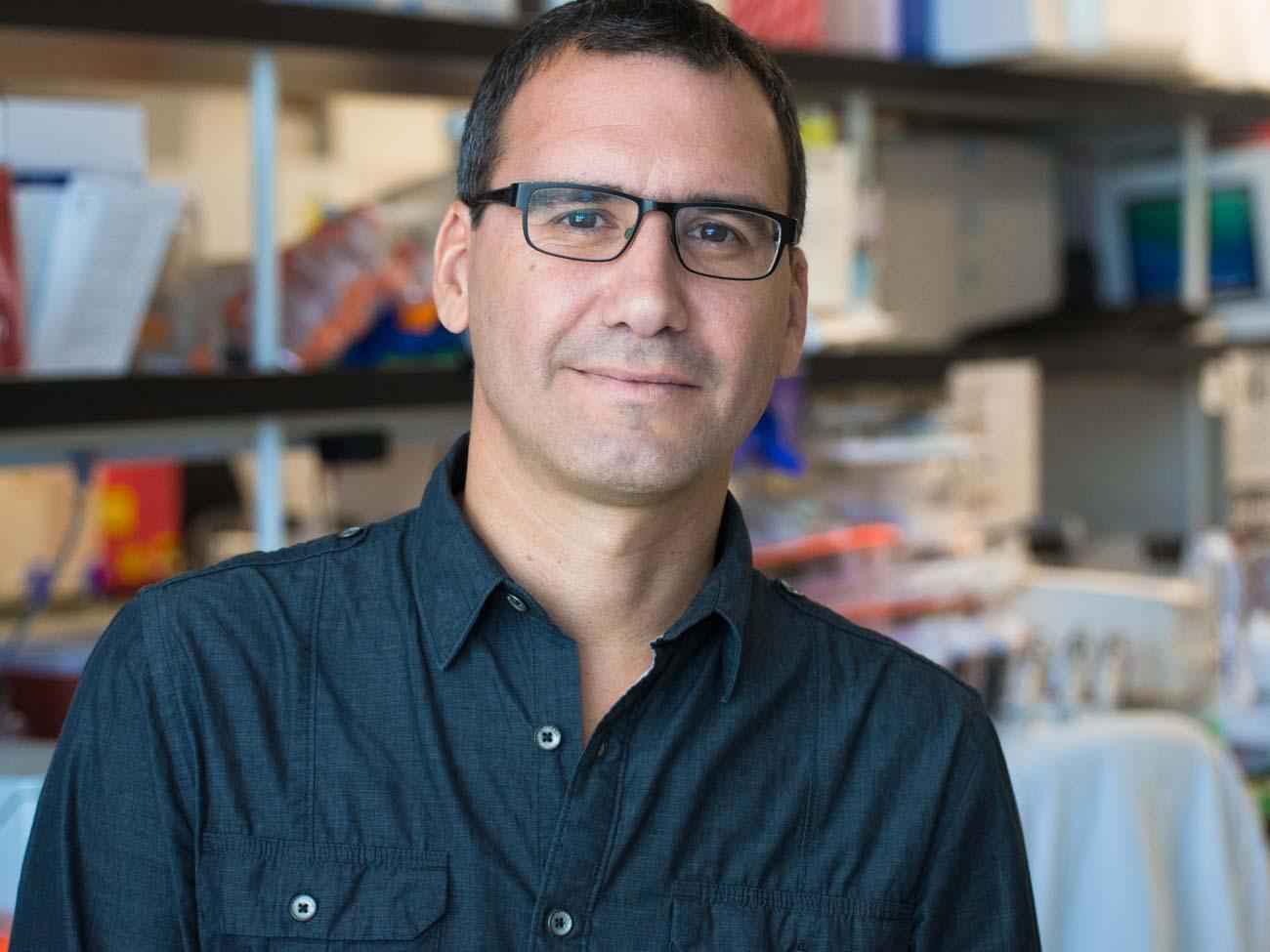
Scientists at Sanford Burnham Prebys Medical Discovery Institute have shown that blocking the construction of nuclear pores complexes—large channels that control the flow of materials in and out of the cell nucleus—shrank aggressive tumors in mice while leaving healthy cells unharmed. The study, published in Cancer Discovery, a journal of the American Association for Cancer Research, reveals a new Achilles heel for cancer that may lead to better treatments for deadly tumors such as melanoma, leukemia and colorectal cancer.
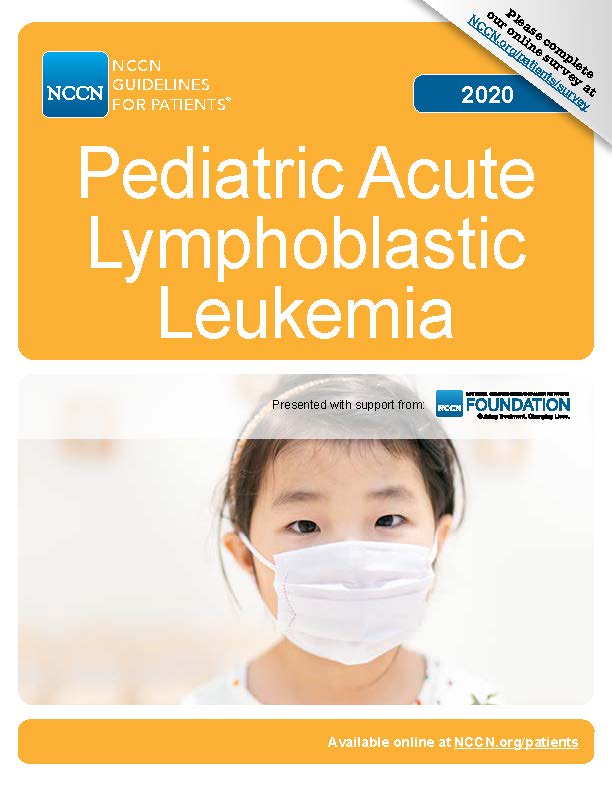
NCCN publishes a new patient and caregiver resource focused on a childhood cancer type. Free NCCN Guidelines for Patients: Pediatric Acute Lymphoblastic Leukemia (ALL) shares the latest expert advice for treating infants, children, and adolescents with the most common pediatric malignancy.
MD Anderson News Release September 08, 2020 The University of Texas MD Anderson Cancer Center and Astex Pharmaceuticals, Inc., a wholly owned subsidiary of Otsuka Pharmaceutical Co. Ltd., based in Tokyo, Japan, today announce a strategic collaboration agreement aimed at accelerating the clinical evaluation of Astex’s pipeline of products for patients with certain types of leukemia, including myelodysplastic syndromes (MDS), chronic myelomonocytic leukemia (CMML) and acute myeloid leukemia (AML).
Scientists from Stanley Manne Children’s Research Institute at Ann & Robert H. Lurie Children’s Hospital of Chicago were the first to examine endothelial cells – one of the main sources of blood production – for clues as to why people with Down syndrome have higher prevalence of leukemia. They identified a new set of genes that are overexpressed in endothelial cells of patients with Down syndrome. This creates an environment conducive to leukemia, which is characterized by uncontrolled development and growth of blood cells. Their findings, published in the journal Oncotarget, point to new potential targets for treatment and possibly prevention of leukemia, in people with Down syndrome and in the general population.
Family looks to the ‘bright side’ by creating a charity to support pediatric cancer research and providing UChicago Medicine Comer Children’s Hospital with $500,000 gift.
The NCCN Virtual Nursing Forum and Annual Congress: Hematologic Malignancies (#NCCNhem2020) will provide the latest evidence and expert consensus on emerging practices and debates in blood cancer treatment, online October 8-10.
A combination regimen of venetoclax and azacitidine was safe and improved overall survival (OS) over azacitidine alone in certain patients with acute myeloid leukemia (AML), according to the Phase III VIALE-A trial led by The University of Texas MD Anderson Cancer Center.
Chemotherapy usually cures children diagnosed with acute lymphoblastic leukemia (ALL), but the treatment may hamper brain development and impact key cognitive functions including sensory processing, memory, and attention. Researchers at Albert Einstein College of Medicine, Children’s Hospital at Montefiore (CHAM), and Rutgers Cancer Institute of New Jersey have received a five-year, $4.6 million grant from the National Institutes of Health (NIH) to determine how chemotherapy exerts its damaging effects on the brain. Their long-term objective is to use this information to develop protective interventions that can prevent permanent harm.
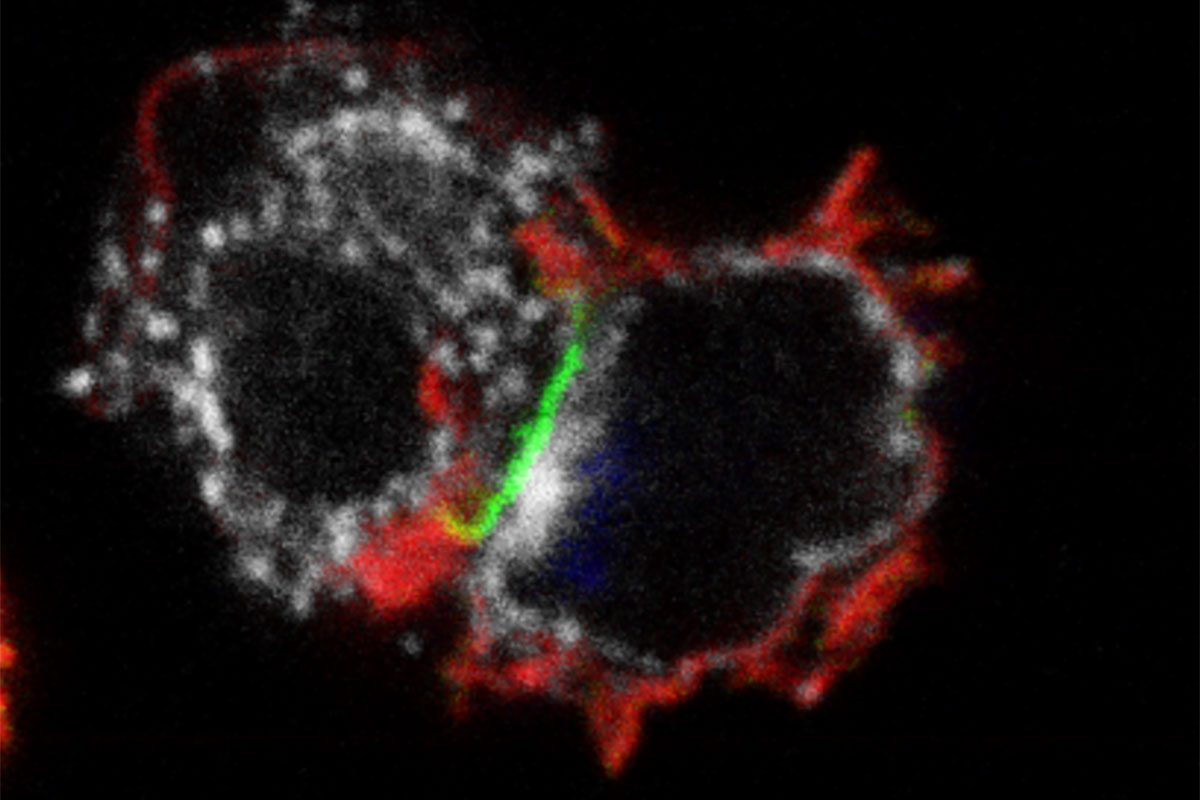
Researchers at Washington University School of Medicine in St. Louis have combined two immunotherapy strategies into a single therapy and found, in studies in human cells and in mice, that the two together are more effective than either alone in treating certain blood cancers, such as leukemia.
Researchers at Mount Sinai have discovered that human acute myeloid leukemia (AML) stem cells are dependent on a transcription factor known as RUNX1, potentially providing a new therapeutic target to achieve lasting remissions or even cures for a disease in which medical advances have been limited.

A combination therapy of ivosenidib (IVO) plus venetoclax (VEN) with or without azacitidine (AZA) was found to be effective against a specific genetic subtype of acute myeloid leukemia (AML) in a Phase Ib/II trial led by researchers at The University of Texas MD Anderson Cancer Center. The results of this trial may support a novel course of action for patients with AML harboring an IDH1 mutation who have historically had few treatment options.
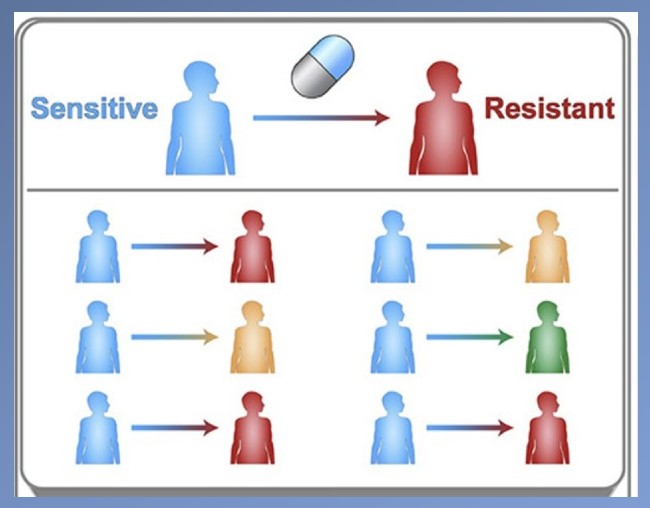
To counter drug resistance Penn State engineers have developed a new approach for predicting which mutation has expanded the most in a population and should be targeted to design the most effective new drug.

New research led by a pediatric oncology expert from Roswell Park Comprehensive Cancer Center underscores that diets high in antioxidant-rich foods can have particular benefits for young cancer patients.

A study published online April 20, 2020, in Nature Immunology, led by researchers at Cincinnati Children’s reports a possible new approach for treating myelodysplastic syndrome (MDS), which often can lead to leukemia.
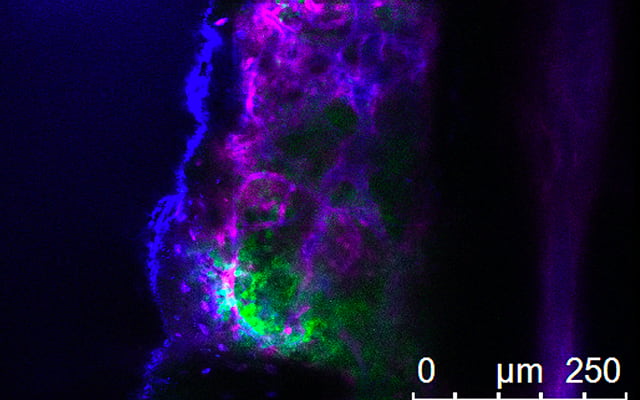
Researchers at University of California San Diego School of Medicine and Moores Cancer Center used CRISPR technology to identify key regulators of aggressive chronic myeloid leukemia.
Researchers have found that genetically defined subpopulations of leukemia cells present at diagnosis have distinct characteristics that lead to relapse.
Genes are like instructions, but with options for building more than one thing. Daniel Larson, senior investigator at the National Cancer Institute, studies this gene “splicing” process, which happens in normal cells and goes awry in blood cancers like leukemia.
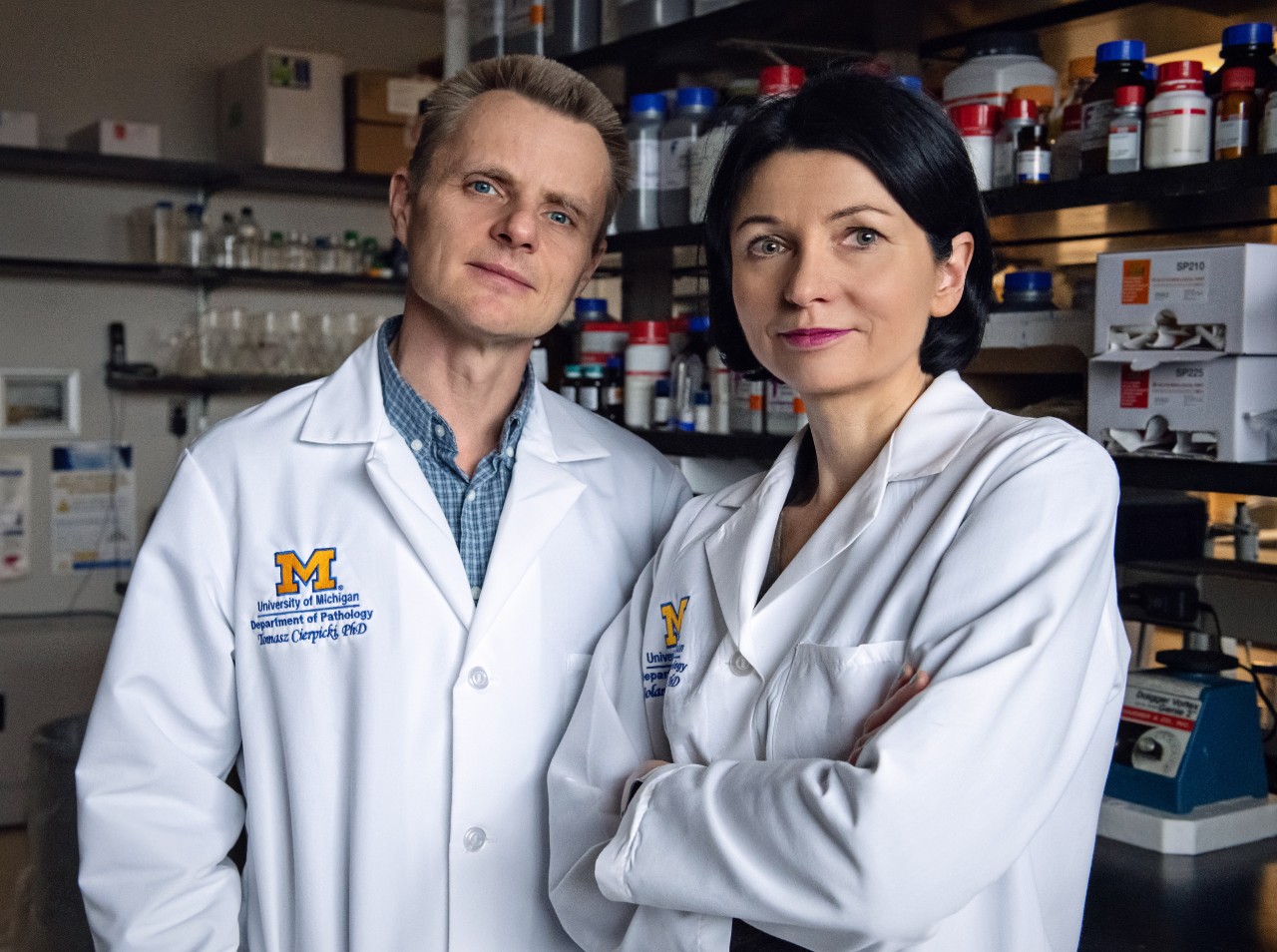
An anti-cancer compound developed at the University of Michigan has shown “profound” activity in mouse models against two subtypes of leukemia — representing up to 40% of patients — a U-M research team reports in the Journal of Clinical Investigation.

According to results from a Phase I/IIa trial at The University of Texas MD Anderson Cancer Center, treatment with cord blood-derived chimeric antigen receptor (CAR) natural killer (NK)-cell therapy targeting CD19 resulted in clinical responses in a majority of patients with relapsed or refractory non-Hodgkin’s lymphoma (NHL) and chronic lymphocytic leukemia (CLL), with no major toxicities observed.

University of Colorado Cancer Center study shows healthy form of the leukemia-causing gene MLL may push pluripotent stem cells (which have proven difficult to use in human patients) to become durable hematopoietic stem cells (which are usable in patients, but have until now been impossible to make).
Responders who worked at the World Trade Center site after the attacks on September 11, 2001, have an increased overall cancer incidence compared to the general population, particularly in thyroid cancer, prostate cancer, and, for the first time ever reported, leukemia, according to a Mount Sinai study published in JNCI Cancer Spectrum in January.

Results from a study conducted by St. Jude Children’s Research Hospital and the Munich Leukemia Laboratory were presented today as a late-breaking abstract at the American Society of Hematology annual meeting. The study integrates genomic and transcriptomic sequencing to provide the most detailed classification of acute myeloid leukemia (AML) and myelodysplastic syndrome (MDS) to date.
Mayo Clinic researchers will present findings at the American Society of Hematology Annual Meeting Dec. 7–10 in Orlando.
New Mayo Clinic studies to be presented include:
DNA analysis identifies elevated risk factor for myeloma in individuals of African ancestry
Study identifies more precise assessment measures for patients newly diagnosed with chronic lymphocytic leukemia
Researchers develop method to assess cancer-fighting cell therapy’s effectiveness

For patients with high-risk myeloid cancers undergoing a donor stem cell transplant, adding the targeted drug venetoclax to a reduced-intensity drug regimen prior to transplant is safe and does not impair the ability of the donor cells to take root in recipients’ bodies, a study led by Dana-Farber Cancer Institute researchers suggests.
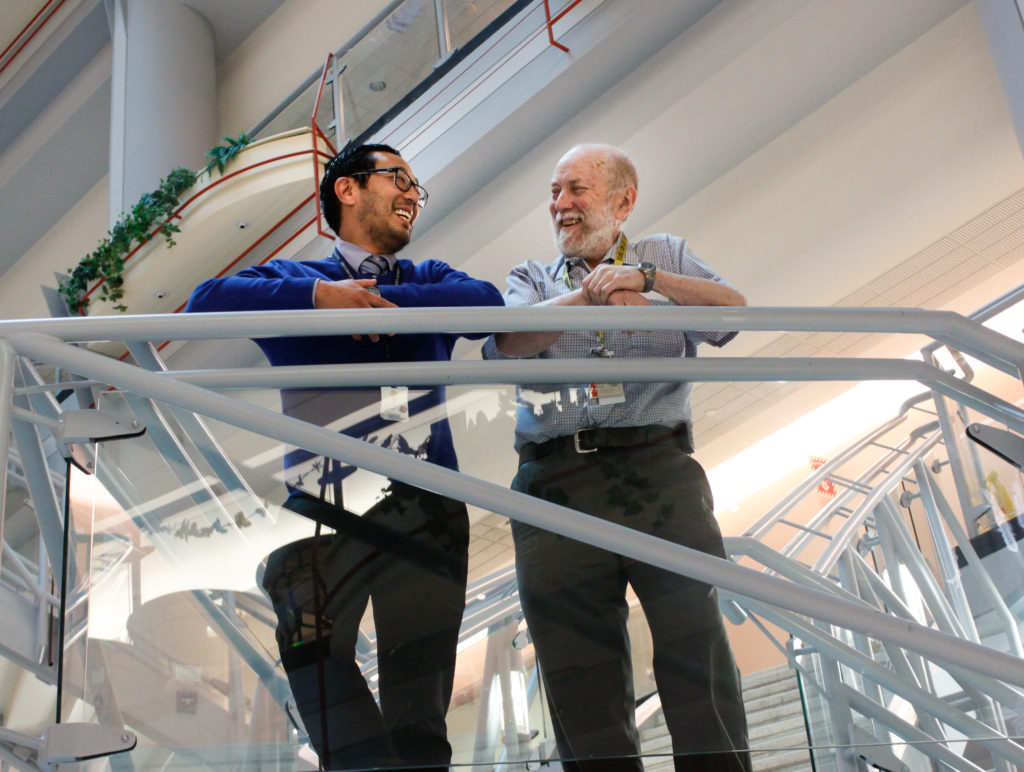
Dr. Eugene Chang was 25, recently engaged and halfway through a physical medicine and rehabilitation residency in Vancouver when he started feeling sick. Fatigue, dizziness and nausea took over his normally active lifestyle. Suddenly his bike to work was not so easy.
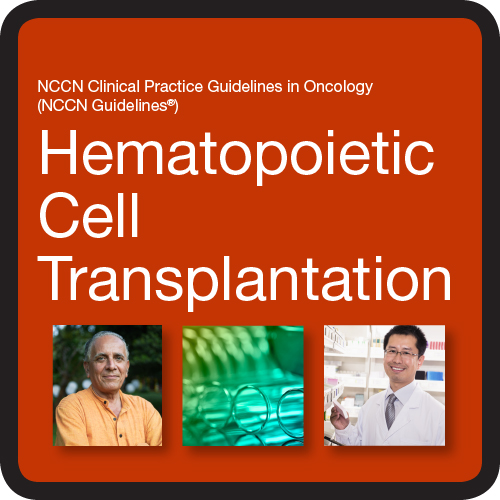
The National Comprehensive Cancer Network (NCCN) published new NCCN Clinical Practice Guidelines in Oncology (NCCN Guidelines) for Hematopoietic Cell Transplantation, (aka stem cell transplant or bone marrow transplant), with step-by-step information on best practices for this blood cancer treatment
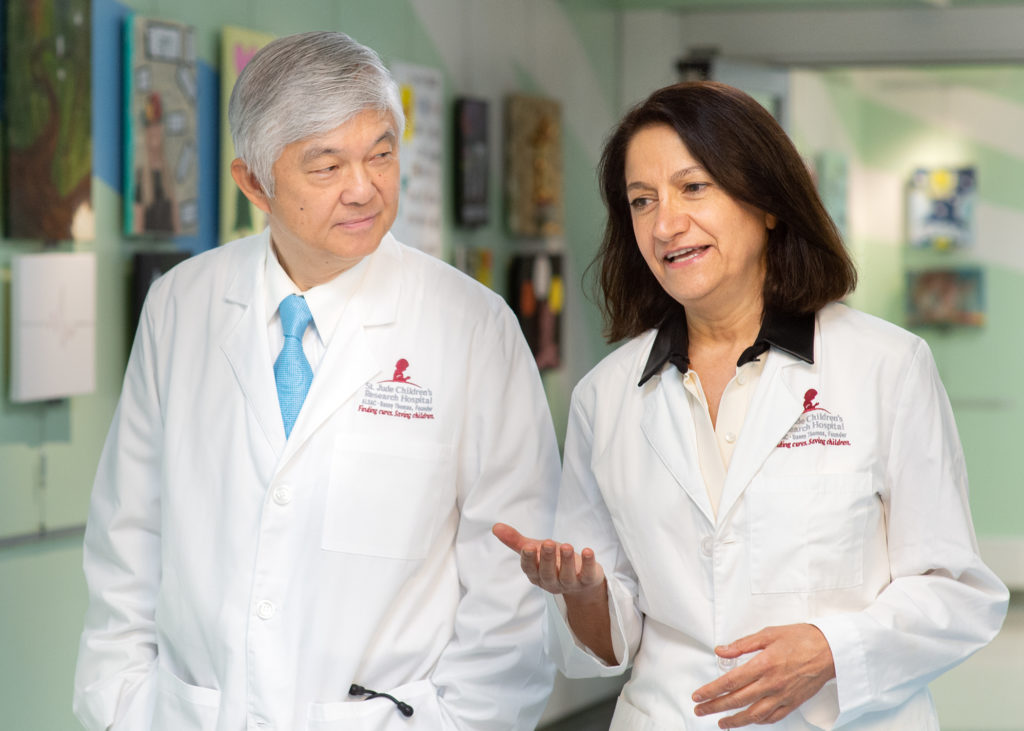
A St. Jude Children’s Research Hospital study lowered the rate of relapse for patients with acute lymphoblastic leukemia.
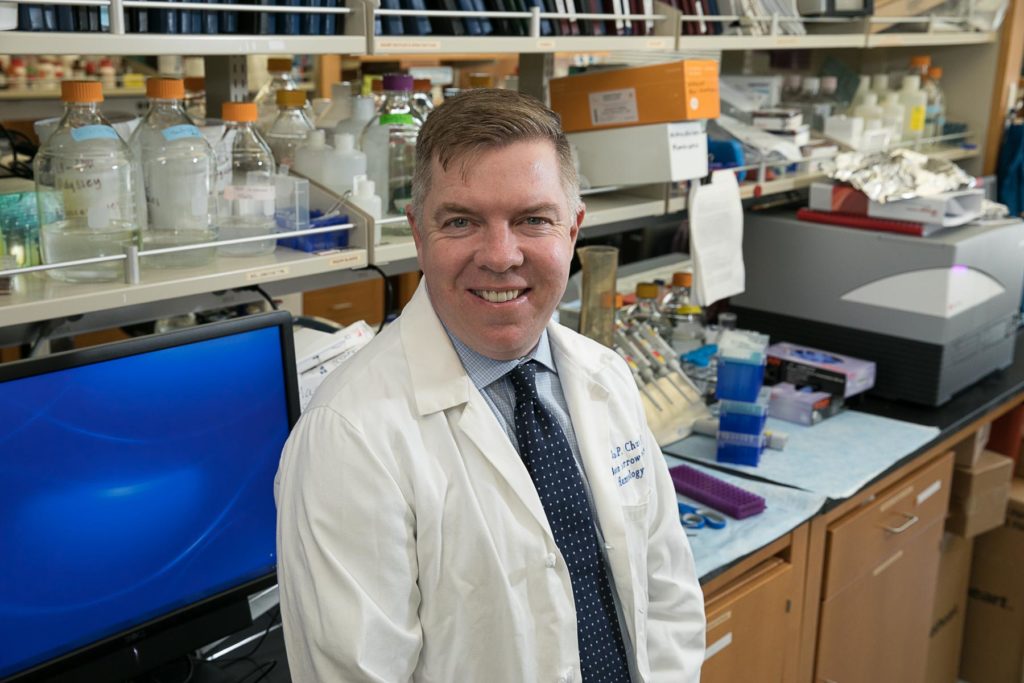
Now, in experiments in mice as well as isolated human cancer cells, UCLA researchers have discovered a way to eliminate the CML stem cells. Their approach uses an antibody to block a protein that the stem cells rely on to grow. The advance, described in a study published in the Journal of Clinical Investigation, might eventually help treat not only chronic myelogenous leukemia but other cancers as well.

An estimated 61,780 new cases of leukemia will be diagnosed in the United States this year. Although leukemias are thought to occur in childhood, they can actually present at any age in both children and adults.